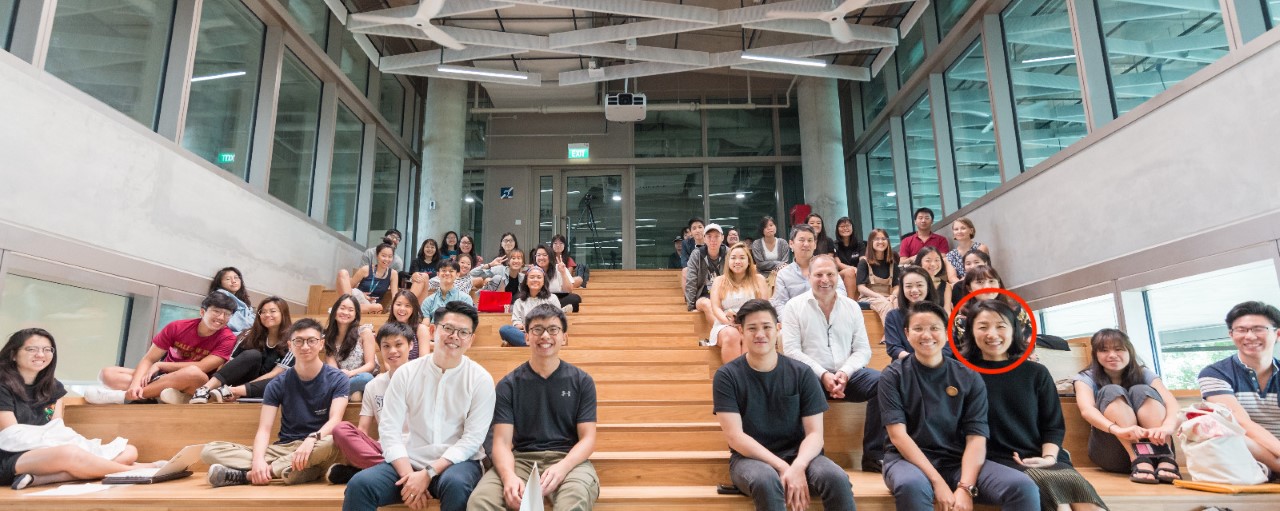Ask Our Lecturer! Design, According to Dr Lee Jung-Joo
“Design is a fast-evolving discipline, with the required skillsets and job roles changing rapidly. Our job as a lecturer is to nurture our students into a “design strategist."
Dr Lee Jung-Joo, Assistant Professor
Division of Industrial Design, NUS

How unique is the BA (ID) programme offered at NUS?
The BA (ID) curriculum constitutes three main progressive levels, namely, Design Fundamentals, Design Platforms and Final Year Thesis. Design Platform incorporates a project-based studio, where Year 2 to Year 4 students work in a team, according to a project brief from industry partners. In this setting, senior students would play the role of a project manager, while the junior ones would learn from their seniors through teamwork. It is similar to how a design studio or an in-house design team operates, enabling students to have a first-hand experience of the real workplace.
In the second year of the programme, students can take two Design Platforms per semester, and by the time they graduate, they would have collected about 10 design projects in their portfolio. As the projects produced are up-to-date and aligned with market needs, students can build relevant skillsets and portfolio for their future career.
What gives NUS BA (ID) students an edge over their peers from other universities?
Our BA (ID) programme nurtures students into a “design strategist” or “design generalist”, who will play strategic roles in the organisations they work in. They will also play a strategic role in innovating their organisation’s work systems and processes, not merely dealing with the end-products. Design is a fast-evolving discipline, with the required skillsets and job roles changing rapidly. Thus, designers need to understand the organisational system and process beyond the end-products, so they can adapt to dynamic roles, as well as work within evolving contexts.
How can students benefit from your research background and past experiences?
I teach Service Design to our students. What is fascinating about the approach is it provides a new problem-solving logic, offering human-centred solutions that orchestrate different needs. In designing hospital services, for instance, as much as the needs of patients are important, those of doctors and hospital staff are just as important. Through Service Design, students will be able to visualise whether the needs of different people are interconnected or clash. It will also help to inculcate in students an empathetic mindset and systems thinking.
I also developed a series of Design Studio Modules on “Service Design for Government”, involving the Ministry of Manpower, Ministry of Education and GovTech. Through these modules, our students get to review citizens’ experiences and voices in close collaboration with public officers from the various ministries, to identify problem areas. The design outcomes yielded a communication toolkit that addresses the needs of different stakeholders. Students were even offered internship with the ministerial teams they collaborated with, to further develop their ideas.


